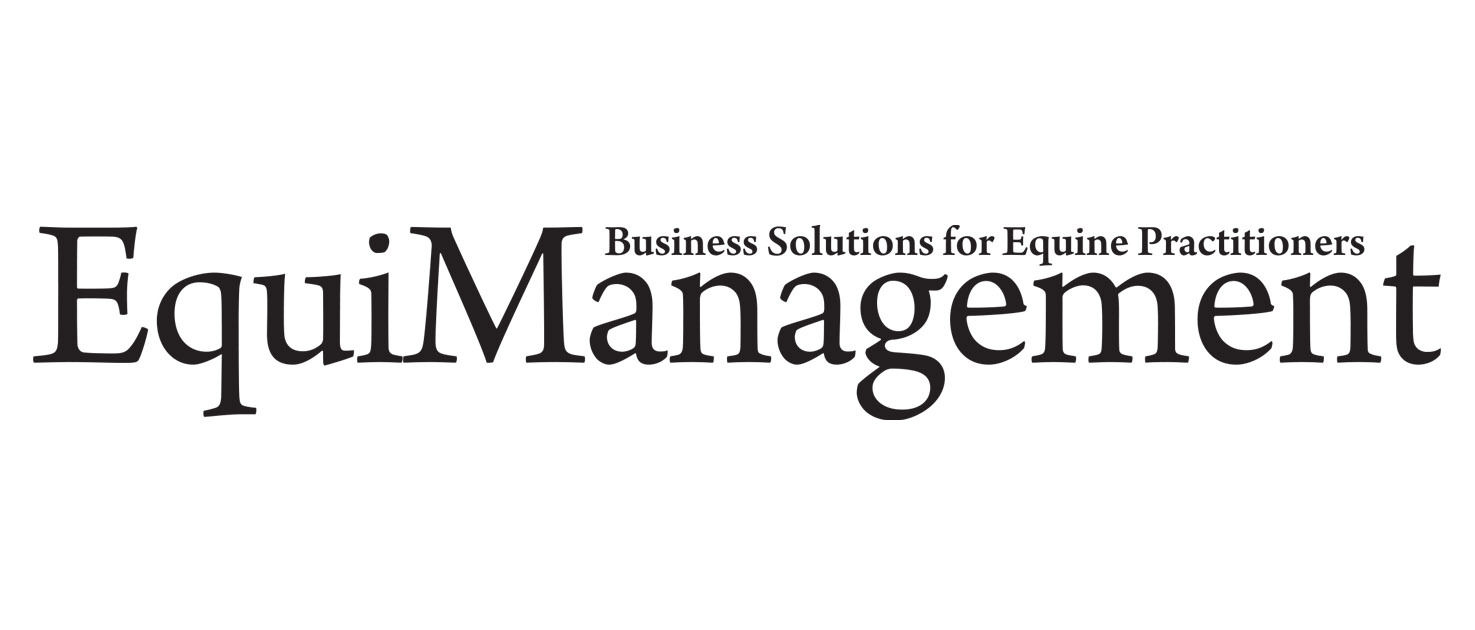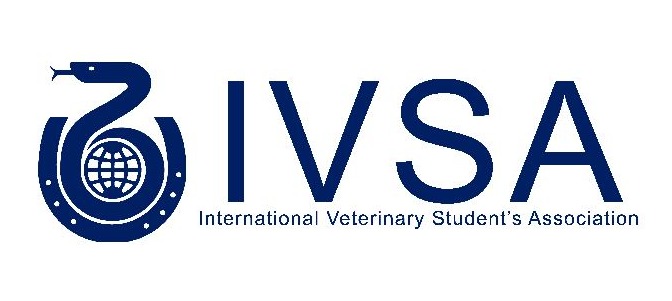In-depth Update on Equine Tendon & Ligament Injuries: Pathogenesis, Diagnosis & Management
Species
Equine
Contact Hours
21 Hours
Early Booking Deadline
Thu, 01 January, 1970
Registration Deadline
Thu, 01 January, 1970
Language
English
Discipline
Diagnostic Imaging
Emergency & Critical Care
Orthopaedics
Rehabilitation & Physiotherapy / Physical Therapy
Sports Medicine
Surgery
Industry Partners
Global

Veterinary Partners
Global


Recorded on: February 2021
Speaker Title Duration Roger Smith What’s new in tendon research / Clinical examination of tendon and ligament injuries 100 min Roger Smith Ultrasonography of tendon & ligament / Advanced imaging for tendon & ligament 100 min
Roger Smith Treatment Principles, Rehab Strategies & Rehab Modalities / Treatment of tendon lacerations 100 min
Roger Smith Superficial digital flexor tendinopathy 100 min
Roger Smith ALDDFT/ALSDFT Injuries / Extensor tendon injuries 100 min
Roger Smith Suspensory ligament 100 min
Roger Smith Intra-thecal injuries / Perithecal tendon injuries
100 min
Roger Smith Deep digital flexor tendon / Other soft tissue injuries of the foot
100 min
Roger Smith Tendon and ligament injuries of the proximal limb / Unusual tendon and ligament injuries 100 min
The aim of this series is to provide equine practitioners with a webinar series that comprehensively covers all clinically relevant aspects of tendon and ligament disease in the horse – from the relevant science, through the diagnostic techniques available, to the largest component on the diagnosis and management of specific injuries. The material will be covered in 9 modules, each lasting about 2 hours and consisting of 1 or 2 interactive topic-based webinars with accompanying case discussions to illustrate the practical use of the material presented in the webinars. There will be plenty of opportunity for attendees to ask questions and interact with Prof. Roger Smith, who is a worldwide leader in the field of tendon/ligament injuries.
Overview of Individual Modules:
Lecture 1 – Update on the Pathogenesis of Soft Tissue Injuries & Implications to Clinical Practice
It is believed that most soft tissue injuries occur as a consequence of preceding degenerative change within the tissue. Research continues to advance our understanding of these processes and is providing opportunities for intervention in the degenerative process. This webinar will review the current theories behind how and where degenerative changes occur and what preventative strategies can be considered.
Lecture 2 – Clinical Examination of Tendon & Ligament Injuries
Vital to successful diagnosis and management of soft tissue injuries is the accurate diagnosis of the tendon or ligament involved. This webinar will outline the key steps in a diagnostic evaluation of a tendon or ligament injury up to, but not including, imaging, which will be the subject of the next module.
Lecture 3 – Ultrasonography of Tendon & Ligament Injuries
This webinar will cover the equipment and techniques for ultrasound examination of tendon and ligaments, including a review of the normal ultrasonographic anatomy of the palmar/plantar metacarpal/metatarsal and pastern regions
Lecture 4 – Advanced Imaging for Tendon & Ligament Disease
This webinar will review the use of ancillary ultrasonographic techniques (Doppler and Ultrasound Tissue Characterisation), together with radiographic techniques (plain, contrast, standard and CT), as well as the use of other advanced imaging such as gamma scintigraphy and MRI to assist with diagnosis and monitoring of tendon and ligament pathology. It will also include future possibilities including Positron Emission Tomography (PET).
Lecture 5 – Treatment Principles & Rehabilitation Strategies
There are common approaches for many overstrain injuries of tendons and ligaments. This webinar will review the phases of tendon healing to provide an overarching approach to the treatments most appropriate for each phase of healing. In addition, guidance on the most appropriate rehabilitation programmes will be presented
Lecture 6 – Treatment of Tendon Lacerations
Tendon lacerations present a significant proportion of distal limb traumatic injuries. A rational treatment approach to these injuries, injured surgical options and coaptation methods will be discussed.
Lecture 7 – Superficial Digital Flexor Tendinopathy
This webinar will cover the diagnosis and management of overstrain injuries of the superficial digital flexor tendinopathy, including the variation in clinical presentation, treatment options with the strongest rationale, and the most appropriate approach to rehabilitation of this extremely common tendon injury.
Lecture 8 – ‘Check Ligament’ Injuries – Desmitis of the Accessory Ligament of the Deep Digital Flexor Tendon & Superficial Digital Flexor Tendon
‘Check ligaments’ are unique ligament in the equine limb; part of the stay apparatus which minimise muscular effort when standing. Yet, they have additional clinical importance because of a high frequency of injury (the most common distal limb tendon or ligament injury in ponies) and as a therapeutic option for treating superficial digital flexor tendinopathy. New data will be presented on a large retrospective series of desmitis of the accessory ligament of the deep digital flexor tendon which provides useful information for practitioners treating these injuries. Complimentary to the the discussion of desmitis of the accessory ligaments, this webinar will also cover evaluation of the carpal canal and the differentiation of other causes of carpal sheath distension.
Lecture 9 – Extensor Tendon Injuries
Digital extensor tendon injuries are less common than their flexor counterparts and are often traumatic. This webinar will cover the most common injuries to the digital extensor tendons in the metacarpal and metatarsal regions, but also discuss injuries of the digital extensor and extensor carpi radialis tendons in their respective tendon sheaths over the dorsal aspect of the carpus.
Lecture 10 – Suspensory Ligament Injuries
Injuries to the musculus interosseous medius, or suspensory ligament, represent one of the most common soft tissue injuries of the equine musculoskeletal system, especially in sports horses. However, the nature of these injuries varies between the limb and region affected, with corresponding diagnostic and treatment challenges. This webinar will provide a detailed look at these injuries – from overstrain injuries of the body and branches of the suspensory ligament through to more problematical, yet extremely common, pathology involving the proximal suspensory ligament region in the hindlimb with the aim of providing an optimal diagnostic and therapeutic approach for these different injuries.
Lecture 11 – Intra-Thecal Tendon Injuries
This webinar will discuss diagnosis and management of tendon injuries within the digital flexor tendon sheath, including deep digital flexor tendon pathology (mid-substance and marginal tears), tears of the manica flexoria and lesions of other areas of the superficial digital flexor tendon.
Lecture 12 – Perithecal Soft Tissue Injuries
This webinar will discuss the many other pathologies that can cause digital sheath effusion and lameness including digital flexor tendon sheath wall tears and synoviocoeles, palmar/plantar annular ligament syndrome, and desmitis of the distal sesamoidean ligaments, which includes the presentation of new data from a retrospective cases series of this rare but easily missed injury.
Lecture 13 – Deep Digital Flexor Tendon
Lecture 14 – Other Soft Tissue Injuries of the Foot
Lecture 15 - Tendon Ligament Injuries of the Proximal Limb
This webinar will present the diagnostic and therapeutic approach to the management of: Collateral ligament injuries of the carpus, elbow, hock, and stifle Meniscal, cruciate and patellar ligament injuries of the stifle Pathology associated with the plantar hock, including displacement of the superficial digital flexor tendon from the point of the hock Bicipital tendinopathy
Lecture 16 – Unusual Tendon & Ligament Injuries
This webinar will discuss the recognition and treatment of digital flexor tendons affected at unusual sites, injuries to rarely affected tendons and ligaments such as the tendon of origin of the ulnaris lateralis, and where the nature of the tendon and ligament pathology is unusual such as paratendonitis, intra-tendinous mineralisation, foreign bodies, and tumours.
Roger Smith is Professor of Equine Orthopaedics at the Royal Veterinary College, London, UK. He qualified as a veterinary surgeon from Cambridge University (UK) in 1987, having obtained a First for his undergraduate degree and a Cambridge Blue at swimming. After 2 years in practice, he returned to academia to undertake further clinical training as a Resident in Equine Studies at the Royal Veterinary College. Following his residency, he undertook a 3 year research project culminating in the award of a PhD for his studies on the extracellular matrix of equine tendon.
He remained at the Royal Veterinary College, first as a Lecturer in Equine Surgery, then as Senior Lecturer in Equine Surgery before his appointment as Professor in Equine Orthopaedics in December 2003.
He holds the Diploma of Equine Orthopaedics from the Royal College of Veterinary Surgeons and is a Royal College of Veterinary Surgeons Specialist in Equine Surgery. He is a Diplomate of the European Colleges of Veterinary Surgeons and Veterinary Sports Medicine and Rehabilitation, and is also a Large Animal Associate of the European College of Veterinary Diagnostic Imaging.
In 2016, he was awarded the Fellowship of the Royal College of Veterinary Surgeons for meritorious contribution to knowledge and was elected to president of the European College of Veterinary Surgeons in July 2017.
He divides his time between running a specialist orthopaedic referral service within the Royal Veterinary College, where he is involved in lameness diagnostics, imaging and orthopaedic surgery, and continuing to direct research into equine tendon disease. His principal research interests are understanding the pathogenesis of tendon disease, diagnostics for tendon and ligament disease, and stem cell therapy for tendons in both horses and humans.
He is married to a medical doctor and has two sons.
Veterinary Student
Online Lecture Series
USD 170.00
Qualified Vet
Online Lecture Series
USD 855.00
Intern/Resident (Requires proof of status)
Online Lecture Series
USD 645.00
Vet Nurse/Vet Tech (Requires proof of status)
Online Lecture Series
USD 645.00
If the options you are looking for are unavailable, please contact us.
No tax will be added unless you are a UK taxpayer
Choose currency at checkout















